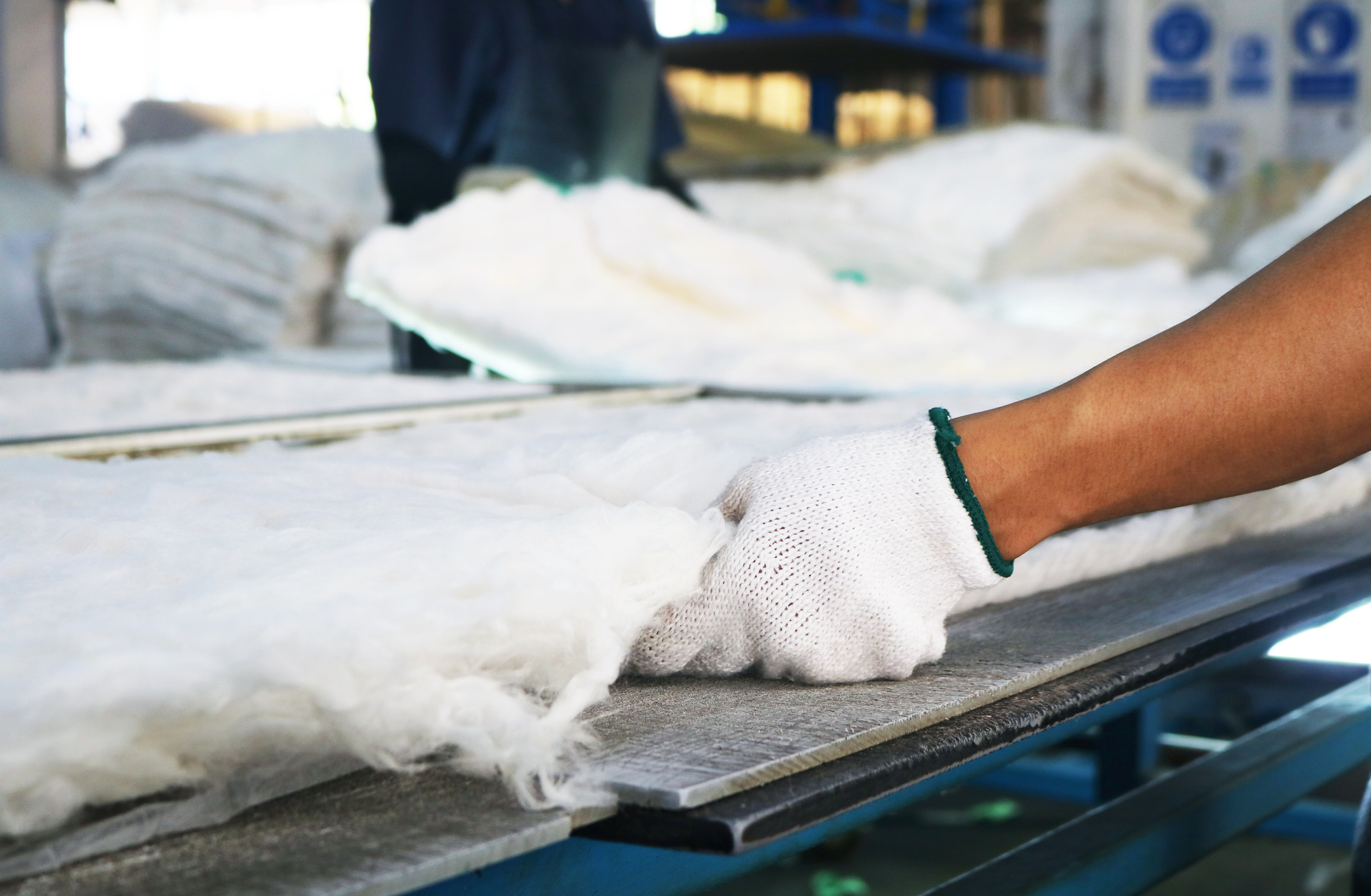Why Use Fiberglass and Silica Textiles?
Heat-resistant fiberglass and silica textiles are useful for various sealing and protection needs in high-temperature environments. McNeil offers a range of these textiles to assist you in your operation.
While fiberglass and silica can often get confused with one another, they’re distinctively different materials. Silica is almost completely made of silica sand with very few other compounds present. Fiberglass uses about 65% silica, and other compounds make up the rest. While both of these materials offer similar beneficial properties, they are manufactured in different ways.

Fiberglass Textiles
Fiberglass relies on a combination of natural minerals and human-made compounds. The three main components are silica sand, sodium carbonate and limestone. Other ingredients could be borax, magnesite and calcined alumina. The silica sand creates glass, which contributes to strength. Sodium carbonate and limestone help to lower the sand’s melting temperature before turning it into fibers.
In a scalding furnace, the three core ingredients melt together until molten glass forms. From there, the glass is formed into fibers and cooled. These fibers can be long and thread-like, which is preferred for textiles, or short and chopped.
Hi-Temp Fiberglass Cloth, Tape, Rope and Sleeves
Fiberglass products offer a lot of beneficial properties for high-temperature work. While different materials have varying applications, all of them reap the advantages of fiberglass. Hi-temp fiberglass tape and other textile properties like fabrics include:
- High mechanical strength
- Spark resistance
- Low thermal conductivity
- Dielectric permeability
- Dimensional stability
Silica Textiles
Silica, or silicon dioxide, is made from two elements in the Earth’s crust — silicon and oxygen. It’s commonly found in natural structures like quartz or sand, and its crystalline structure makes it inherently strong. Unlike fiberglass, which requires human-made or chemically produced compounds, silica sand is mostly natural. Various mining methods extract silica from the Earth, and advanced processes rid the silica of as many impurities as possible.
These purifying processes look at the different metal levels, like iron, aluminum and nickel. Depending on how the silica will be used, different metal levels are acceptable. Much like fiberglass, silica needs to be melted and turned into fibers during the cooling process. From there, silica fibers become textiles.
High-Temperature Silica Fibers, Tape, Rope, Sleeves, and Cloth
Just like fiberglass, silica textiles are excellent for high heat processes. While production requires more mining and purifying than fiberglass, the properties are similar. Silica textile characteristics are:
- Low thermal conductivity
- Flame and heat resistant
- Resistant to chemical erosion
- Dimensional stability
- Dielectric permeability
Applications of Fiberglass and Silica Textiles
With high heat resistance and structural stability, fiberglass and silica textiles have applications in various industries and scenarios. They can be used for:
- Sealing
- Insulating
- Flame-resistant barriers
- Furnace curtains
These textiles have a place in industries like aerospace, chemical production and metalworking.
McNeil Is Your Fiberglass and Silica Textile Provider
Fiberglass and silica textiles are an easy way to seal and insulate high-temperature devices. At McNeil, we provide the solutions you need to get the job done. If you’re ready to buy, fill out our online contact form to receive a quote. You can also call us at 1-800-722-5538 if you have any questions.
Contact Our Team


